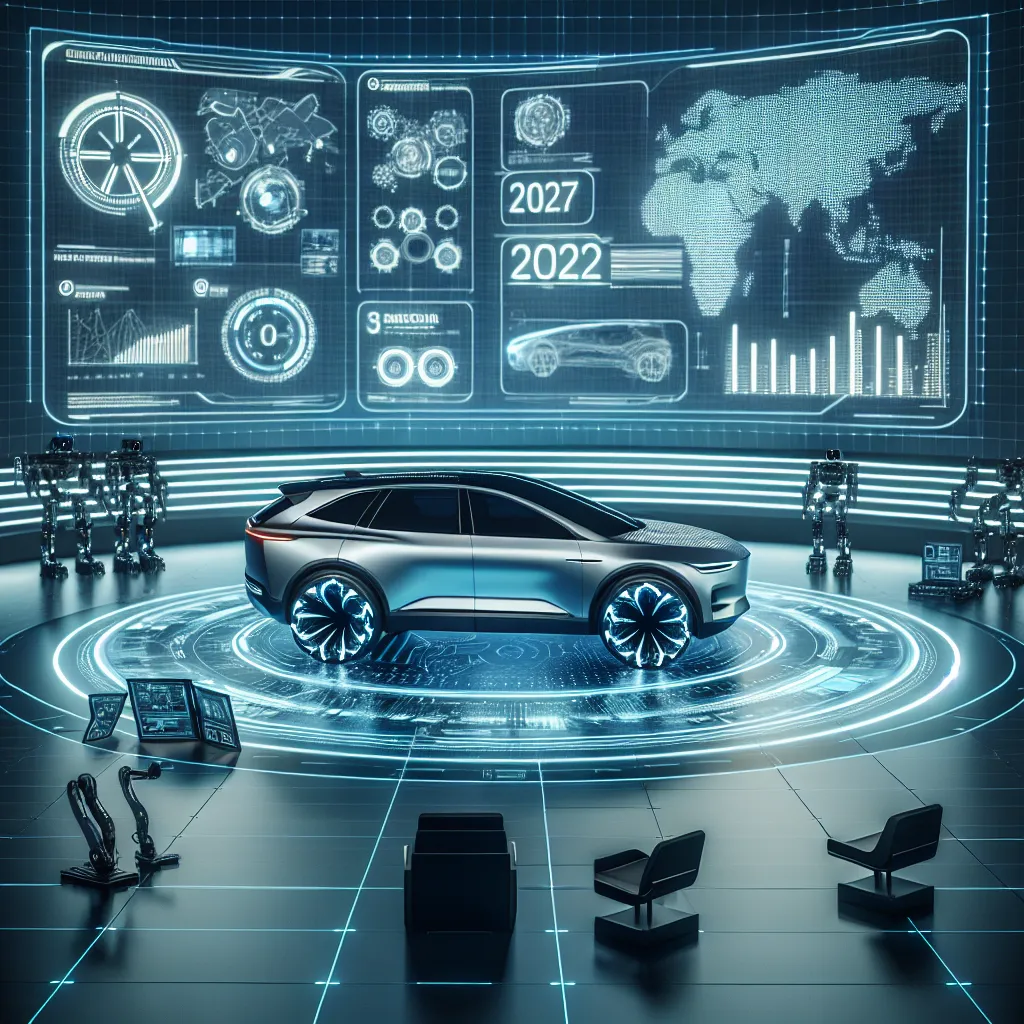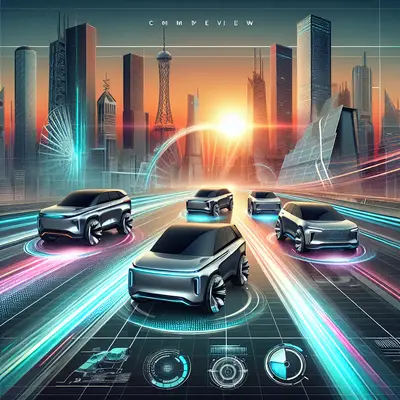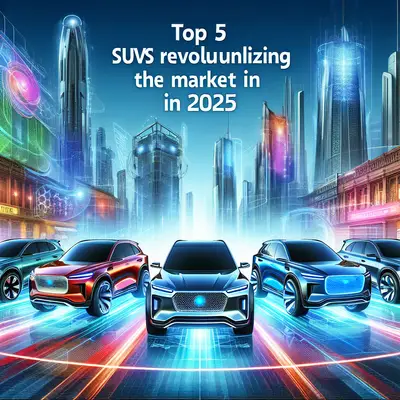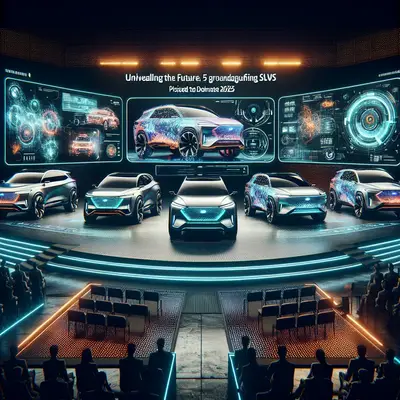Autonomous Driving Capabilities
The dream of self-driving cars is inching closer to reality, with several automakers investing heavily in autonomous driving technology. In 2027, we can expect advanced Level 4 and possibly Level 5 autonomous driving systems, which signify high to full automation. These systems will rely on sophisticated AI algorithms, LiDAR sensors, and high-precision GPS to navigate traffic with minimal to no human intervention, promising a safer and more relaxed driving experience.
Advanced Electric Powertrains
Electric powertrains are expected to take a quantum leap by 2027, offering extended range, faster charging, and improved performance. We can anticipate breakthroughs in solid-state battery technology, which promises higher energy density, longer lifespan, and enhanced safety. This will allow SUVs to cover greater distances on a single charge, making them an even more viable option for long-distance travel.
Augmented Reality (AR) Infotainment Systems
Augmented reality has the potential to transform the in-car experience. By 2027, we can expect advanced AR-infotainment systems that overlay navigation instructions, safety warnings, and vehicle data onto the windscreen. This technology will provide real-time, context-sensitive information, enhancing driving safety and convenience.
Advanced Safety Systems
Safety remains a top priority for SUV manufacturers, and by 2027, advanced active safety systems will become standard. These may include advanced driver-assistance systems (ADAS) with features like predictive collision warning, automatic emergency braking, and cross-traffic alert. Additionally, vehicle-to-vehicle (V2V) communication could become mainstream, enabling SUVs to share safety-related information with other vehicles on the road, thereby reducing the chances of accidents.
Eco-friendly Materials and Manufacturing Processes
As sustainability becomes a key concern, automakers are expected to incorporate more eco-friendly materials and manufacturing processes in their 2027 models. This could include the use of recycled or biodegradable materials for interiors and the adoption of carbon-neutral manufacturing processes. This not only helps in reducing the environmental impact but also caters to the increasing demand for ‘green’ vehicles.
Conclusion
The future of SUVs is exciting, with technological advancements promising to transform our driving experience. Whether it’s autonomous driving capabilities, advanced electric powertrains, AR-infotainment systems, advanced safety systems, or eco-friendly materials and manufacturing processes, each of these innovations brings us one step closer to redefining what it means to drive an SUV. As we gear up for 2027, one thing is clear - the journey is just as exciting as the destination.



